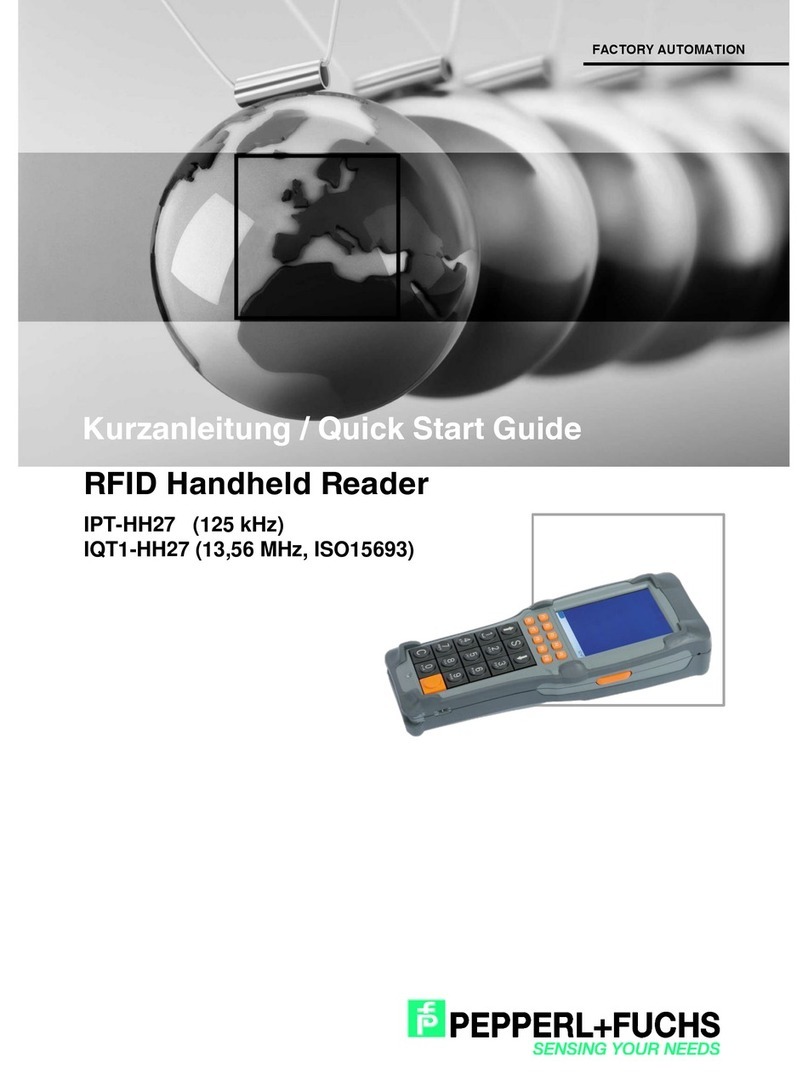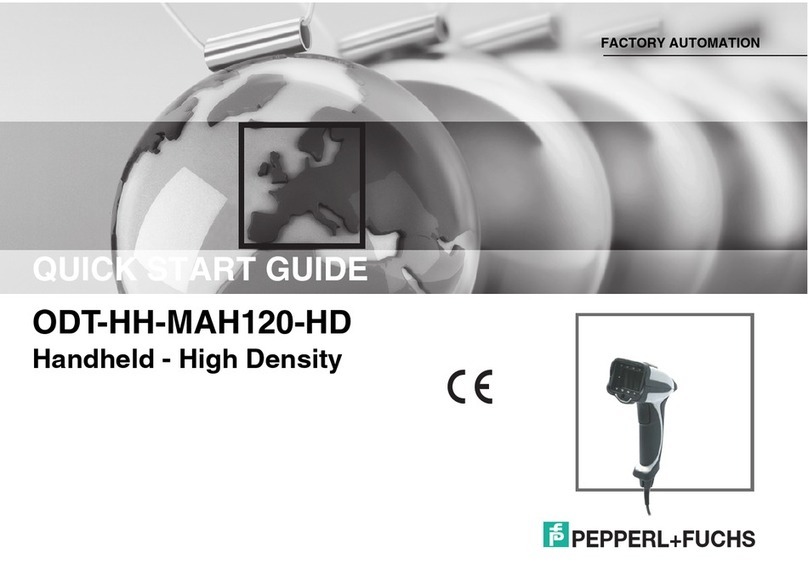
4
IUH-F192-V1-*
3.3 Countries of Use.................................................................................17
3.3.1 uropean Union ............................................................................... 17
3.3.2 Argentina.......................................................................................... 17
3.3.3 Australia ........................................................................................... 18
3.3.4 Brazil ................................................................................................ 18
3.3.5 Canada ............................................................................................ 18
3.3.6 China................................................................................................ 18
3.3.7 Hong Kong .......................................................................................19
3.3.8 India ................................................................................................. 19
3.3.9 Japan ............................................................................................... 19
3.3.10 Colombia.......................................................................................... 19
3.3.11 Malaysia........................................................................................... 19
3.3.12 Morocco ........................................................................................... 20
3.3.13 Mexico.............................................................................................. 20
3.3.14 New Zealand ....................................................................................20
3.3.15 Russia .............................................................................................. 20
3.3.16 Singapore......................................................................................... 21
3.3.17 South Korea .....................................................................................21
3.3.18 Thailand ........................................................................................... 22
3.3.19 United States of America ..................................................................22
3.3.20 Vietnam ............................................................................................ 22
3.4 General Functions and Features .......................................................23
3.5 Indicators and Operating Elements..................................................24
3.6 Connection..........................................................................................24
3.7 Scope of Delivery ...............................................................................25
3.8 Accessories ........................................................................................26
3.8.1 ID NTControl...................................................................................26
3.8.2 Read/Write Tags...............................................................................27
3.8.3 Connection Cable for R/W Heads and Trigger Sensors.................... 27
3.8.4 Cable Connectors for the Power Supply........................................... 28
3.8.5 Installation Accessories.................................................................... 28





























